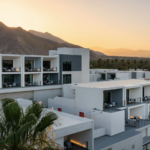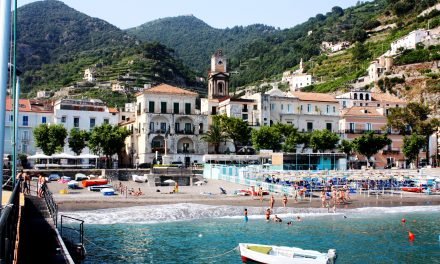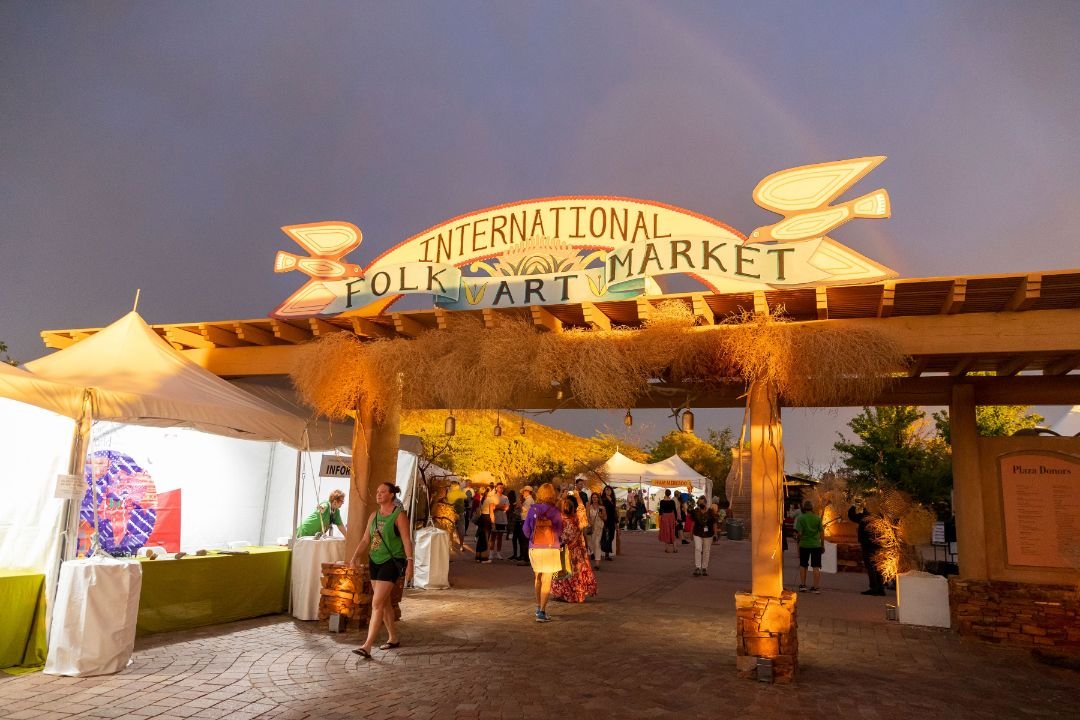
Tour of the Parthenon, Athens, Greece

By Norman Hill Photos By Maralyn D. Hill
Maralyn and I toured this wonder from ancient Greece, her for the 2nd time, me for the 1st. The old song goes, “Thanks for the memory….The Parthenon and moments on the Hudson River Line.” For me, the Parthenon trumps the Hudson River Line any day.
In a guide by Matt Barrett, “Athens Survival Guide”, he describes the Parthenon of Athens as “…the most perfect building built by the world’s most advanced civilization and even though we have been studying it for centuries we are still not sure how they did it.”
Athens is the capital of Greece and its 5 million inhabitants comprise about half of the country’s population. Arguably, the city is best known for the Acropolis, or “upper city.” The Parthenon was originally one of several buildings of this upper city. The Athenian Pericles built these structures in the 5th century B.C. as a monument to Athens itself, for its cultural achievements.
The Parthenon itself was completed in 438 B.C, close to the temple of Athena. In 480 B.C., the original temple had been destroyed by invading Persians. The Parthenon itself was built as a tribute commemorating Greek victories over the Persians.
The Apostle Paul preached here in 51 A.D. Centuries later, it was converted to an Orthodox church, then an Ottoman Turkish mosque and, still later, a storage facility for gunpowder.
Each piece of the Parthenon has been described as unique. Experts say it is both the most perfect and most imitated building in the world. As Barrett’s Guide describes it, “Lines that look straight are actually not. The ancient Greeks understood the mechanics of site and that to make a line look straight, it had to be tapered or curved.”
When Venice was a world power, its ships bombarded the Parthenon and blew it up. Since then, much of the remaining structure has been taken apart and put back together. To most onlookers, the building exudes as much glory as ever. Restoration work has been in process for 30 years and may continue for another 30.
When the Nazis occupied Greece in 1941, they naturally hoisted their swastika in the Acropolis, close to the Parthenon. Two teenage Greek resistance fighters soon tore it down.
Climbing to the Acropolis and Parthenon can be a daunting proposition. Going up the hills requires several resting periods for many. On hot days, remember that Athens is in the heart of sunny Mediterranean territory. Available water will go a long way to preclude dehydration.
Besides the Parthenon, the Acropolis Museum provides many publications and relics that can add to an understanding of this incredible area and its history. You could easily spend an entire day in the museum.
Summary
The Parthenon and other buildings of the Acropolis still represent the golden age of ancient Greece. They serve as reminders of how western civilization began. We were on our way to Northern Greece, but Maralyn knew I would be disappointed if I didn’t get to visit the Parthenon. So we adjusted our trip to allow for this one-day stop. For me, it was certainly worth the effort.











































